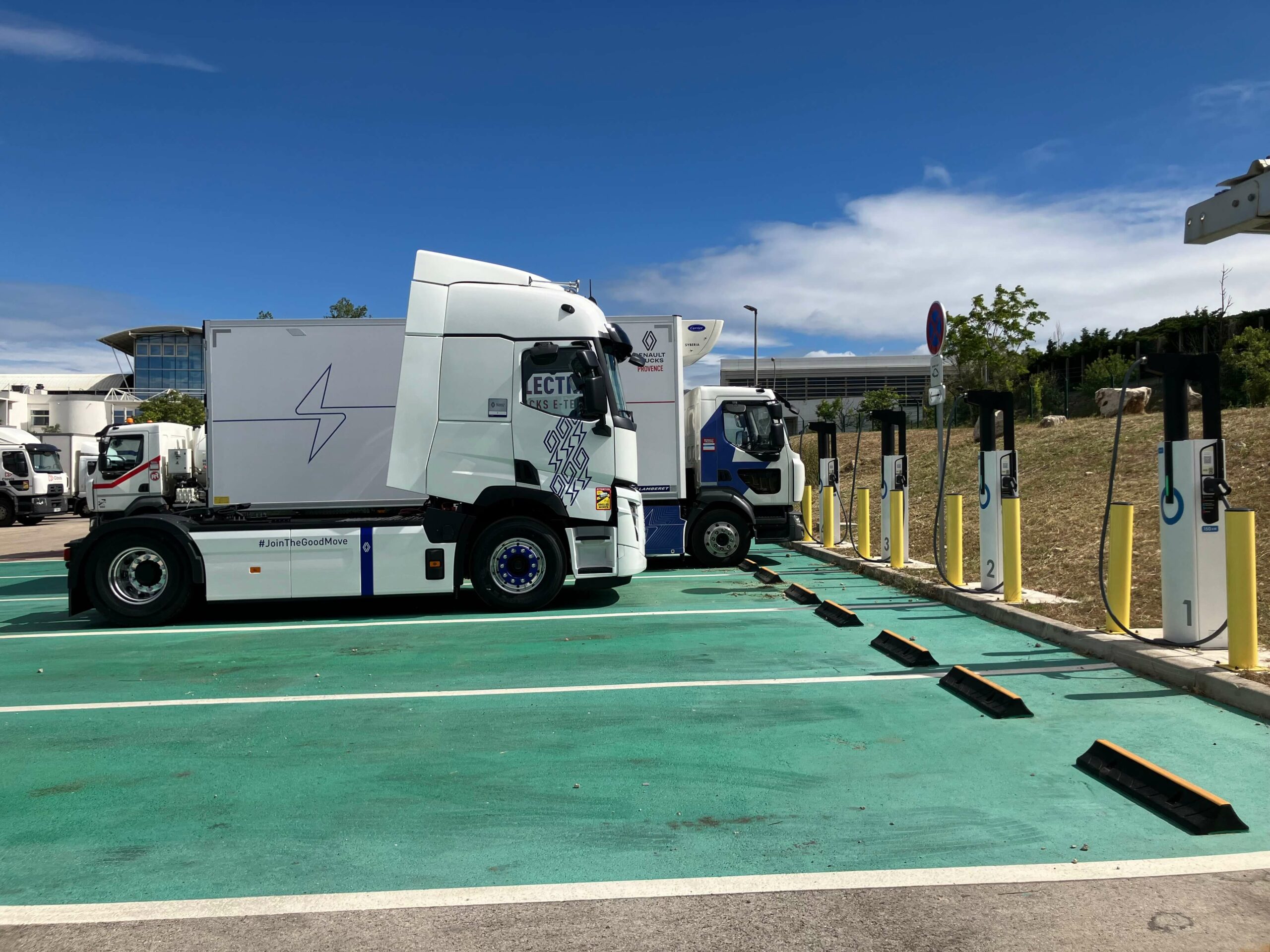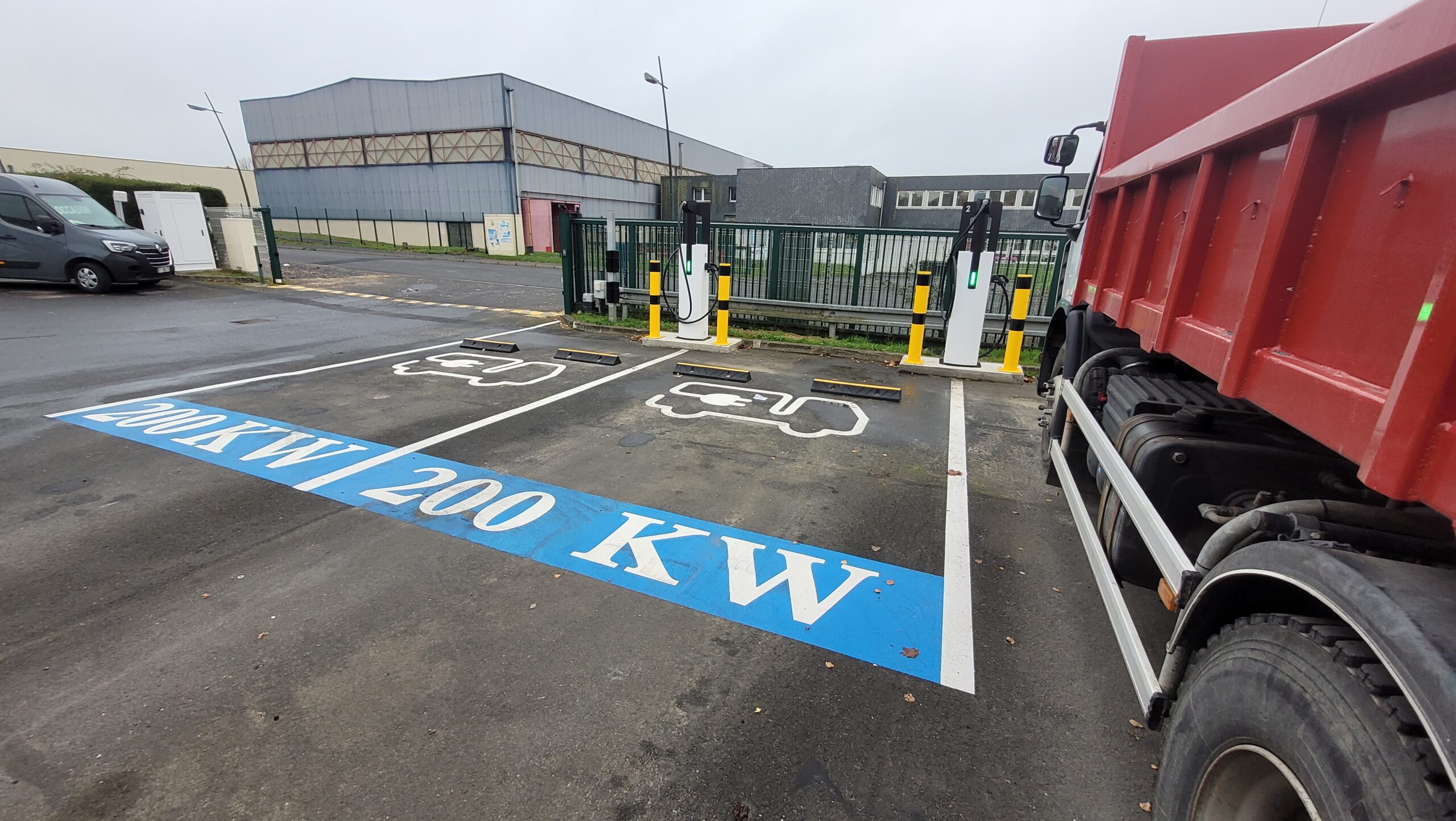Did you know that Public Works (PW) is among the highest CO₂-emitting sectors? With the climate emergency and increasingly strict environmental regulations, companies face a significant challenge: transforming their practices to reduce their environmental impact while remaining competitive.
Faced with these challenges, the electric transition appears as an essential solution. However, between high costs and technical constraints, initiating this transition can seem complex. So, how can these obstacles be overcome, and the ecological transformation of PW sites accelerated?
The cost of electric machinery: a major hindrance
While electric machinery offers a concrete solution to reduce CO₂ emissions, its acquisition cost remains a significant challenge.
- A price doubled: an electric machine today costs twice as much as a diesel equivalent, while offering similar working capacity.
- Long-term return on investment: with an average lifespan of 10 years, companies must amortize these costs while remaining competitive against competition.
To support this transition, it is essential to have a suitable charging infrastructure. Chargepoly offers innovative financing solutions for charging infrastructures, such as third-party investment or leasing, enabling companies to deploy their equipment without incurring heavy financial burdens from the outset.
Which PW machines can be electrified?
The electrification of Public Works machinery is now a reality for many types of machines. Among the most common are:
- Trucks: used for transporting materials on construction sites, these machines can now be electrified to reduce emissions and improve energy efficiency.
- Excavators: used for digging and moving materials, electric excavators enable operations in sensitive areas by limiting noise and emissions.
- Bulldozers: these heavy machines, used for leveling and moving terrain, can also be transformed into electric versions, offering better environmental performance.
In many cases, these machines are charged overnight. For companies that operate double shifts to amortize the cost of the machines, opportunity charging is an effective solution: a 20 to 30-minute charge allows the machines to resume work quickly, optimising their availability.
But electrification is not limited to these three types of machines. Other PW equipment, such as loaders, graders, and compactors, can also be electrified. This diversification allows all machines on a construction site to be more environmentally friendly while maintaining high productivity.
Why focus on electric?
Undeniable environmental benefits
- Reduction of CO₂ and fine particle emissions: a priority to improve air quality on construction sites.
- Quieter construction sites: a crucial advantage for urban work, where coexistence with residents is essential.
- Access to new, demanding markets: calls for tenders now include strict environmental criteria. Companies must prove their ability to reduce their carbon footprint to remain competitive and secure these strategic contracts.
Alignment with Future regulations
Low Emission Zones (LEZs) are multiplying, imposing increasing restrictions on diesel vehicles. Anticipating these regulatory changes means securing your business in the long term and avoiding costly interruptions.
Controlled operating costs
- Reduced maintenance costs: electric machines, lacking complex thermal engines, require fewer interventions.
- Stable electricity prices: unlike diesel, electricity is less subject to sudden price fluctuations, offering better budget predictability.
The key role of charging infrastructure
The performance of an electric machine directly depends on the charging infrastructure available. An unsuitable system can limit productivity and increase costs.
Construction site charging needs:
- Speed: optimised charging cycles to minimise downtime.
- Robustness: infrastructures capable of withstanding the demanding conditions of construction sites.
- Flexibility: scalable charging stations, capable of adapting to the gradual increase in the electric fleet.
Chargepoly meets these challenges with high-power charging stations, up to 400 kW. These terminals, designed for harsh environments, offer turnkey support: needs assessment, installation, and maintenance.
Essential support over 10 years
The ecological transition of construction sites will not happen overnight. To succeed, sustained efforts and appropriate support mechanisms will be needed:
- Financial aid: support for the purchase of electric machines or the adaptation of existing equipment.
- Subsidies: a key mechanism to finance the installation of charging stations, facilitating fleet electrification.
Energy Savings - Certificates (CEE): broaden their scope to include the ecological transition of PW machines.
These mechanisms, combined with solutions like third-party investment or leasing, will enable companies to move forward confidently in their electric transition.
Greener construction sites: an opportunity for PW actors
Although the path to zero-emission construction sites is still long, it opens the way to a positive transformation for the sector.
By investing in high-performance electric machines, suitable charging infrastructures, and relying on support mechanisms, Public Works companies can:
- Significantly reduce their carbon footprint.
- Seize new, environmentally demanding markets.
- Preserve their long-term competitiveness.
Chargepoly is committed to supporting PW actors in building greener construction sites. With tailor-made charging solutions and comprehensive support, we help you meet this ambitious challenge. Contact us today to start your electric transition.




